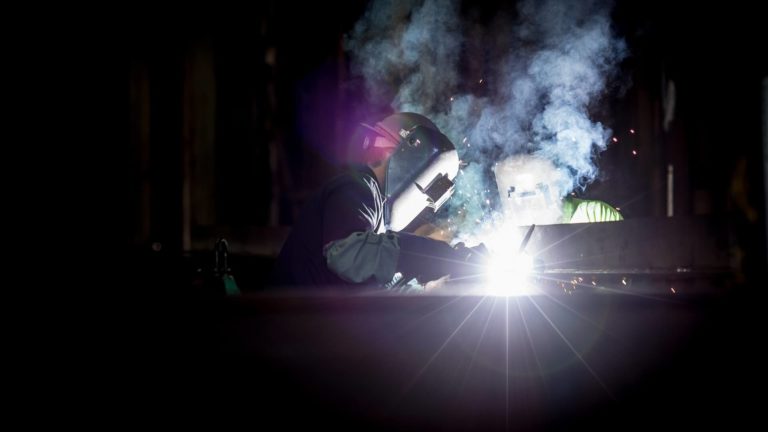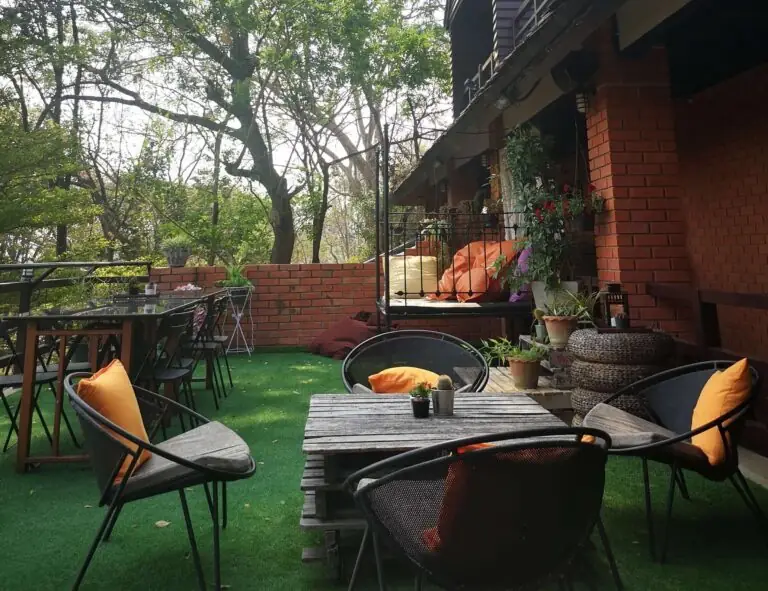
Welding simply refers to the process of joining pieces of metals together. It is used in a diverse range of industries, with the construction industry being at the forefront of welding applications. There are various types of welding, MIG or GMAW being one of them. Regardless of the type, safety is a huge matter of concern when welding.
Understanding MIG welding
Also known as MIG, Metal Inert Gas welding is a type of welding popularly employed in repair projects for automobiles: cars, motorbikes, and other vehicles. It is also commonly used in the manufacturing as well as the construction industry. As defined in a recent piece on MIG Welding the basics by Pierre Young, it is the process where two metals are joined together by heating their surfaces to the melting point. In the process, the parent metals are joined together by adding a filler material as the two pieces of metal surfaces are heated up to their melting points. One of the major benefits of this type of welding is that very strong welds can be produced even from the thinnest metals you can imagine. It is also versatile and is often used on different types of metals, including aluminum, steel, magnesium, nickel, carbon steel, and a range of alloys.
With that in mind, let us look at a few MIG welding tips you can learn from the pros.
You can apply wallpapers, paints, etc. on walls and see how they look in various interiors.

1. Use proper gear
Every profession has its dress code. That is why it is easy for you to recognize a nurse from the way she dresses. That is not the point, though, but in this case, shorts and short-sleeved shirts should be reserved for summer. Proper safety gear for MIG welding is essential in protecting your eyes, respiratory system, skin, and other parts of the body. You will be safe with a helmet on, gloves, welding glasses, and an overall coat. Special footwear for welders is also available. All these are meant to prevent burns and other external or internal body injuries during the job. However, the gloves are not used to pick up the welded materials.
2. Proper installation
You have to look for a trusted filler metal manufacturer for perfect performance to do a proper installation. That will not only improve your results but also guarantee your safety. The manufacturer has all the knowledge you need for things like the best contact to work distance (CTWD) and the most suitable electrode extension for your connections. Take your time to research before you set up your equipment.
3. Safe storage
In any job you do, your safety must come first from your environment and gears to where you have all the pieces of equipment stored. In this case, some liquids and gases are flammable, and you are advised to have a storage locker purposely made as a “home” for the gas tanks. For instance, cylinders should be stored away from various hazards, including grease, fire, and electrical shorts. They should be upright and with the valve closed even if they are empty.
4. Cleanliness
Welding may seem like a simple task, but it can be a flop if you do not consider clean areas when you follow keenly. First of all, keep in mind that the most common cause of welding porosity is a dirty surface. Oil, paint, and dirt are the most common ones. Therefore, make sure that your welding machine is stored in a welding booth in a dry area because water can cause shock, leading to death.
5. Use the appropriate shielding gas
Here, you will need to have the basic knowledge to know what wire your gas requires. Match drive rolls, gun cable liner, and contact tip to the wire size. The same caution and precaution should be applied to the gun-cable liner and contact tip size. For instance, make sure that when you are trying to run .030 diameter wires through .035 rolls, you will have unachieved results and too much changing of the speeds because the grooves will be too large.
6. Declutter your work area
When the work area is congested, you are likely to have accidents that can be avoided. First of all, make sure that you have clear labels of what should be placed where. That ensures that everything stays in its required place. Anything outside that amounts to clutter and should be removed. Let the area be strictly for what the welder uses, period!
7. Always have a first aid kit
We may think that this is obvious, but you may need to be reminded. As much as you may observe all the precautions needed when handling welding activities, you must be hoping for the best as you expect the worst. Better be safe than sorry. This goes hand in hand with the presence of a fire extinguisher just in case fire breaks.
As a welder, your safety comes first. This means eliminating risks, staying organized, sticking to the right procedures, and protecting yourself always. The above are just a few safety tips MIG welders can learn from the pros before them.



